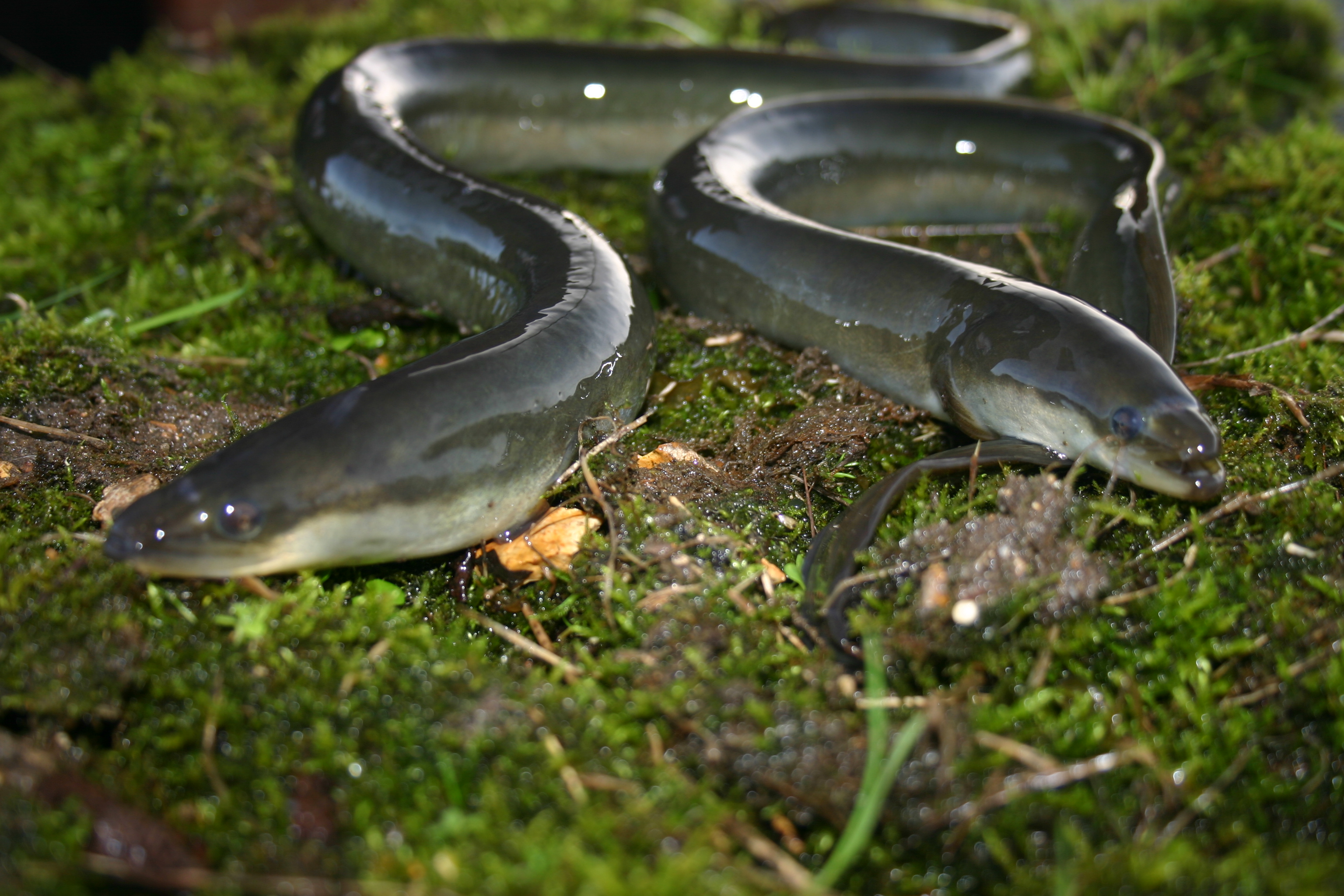
Rivers are important habitats for a large variety of animals and plants. Fish, amphibians, birds, insects, invertebrates, and reptiles live in rivers, or find their food there. Rivers play a vital role in connecting habitats, and their value to plants and animals extends far beyond the surface area they cover. This habitat connectivity role functions both between upstream and downstream areas, and by connecting both sides of river banks. This necessitates an approach to management that looks at the river basin as a whole rather than just taking into account the river itself.
Restoring natural functions
Aquatic biodiversity can only thrive in irregularly shaped river beds and river banks, where fish, amphibians and insects can hide from predators. Fish life and other aquatic flora and fauna need natural (ground)water flows within river banks and connectivity of habitats within the wider surroundings for their survival. Natural water flows also promote biological purification processes that contribute to cleaner water. This is important both for human use and for wildlife.
River restoration contributes to biodiversity by restoring ecosystems and ecosystem processes that are heavily modified. Physical restoration works include re-meandering (i.e. bringing back the curves of a natural river), creating green-natural river banks where previously banks were encased in concrete, and fish passes that enable the migration of fish past sluices, dams, and other obstacles.
Climate change adaptation
Climate change may impact aquatic biodiversity by reducing flows, increasing periods of drought and flood events, and warming rivers. River restoration can help support the adaptation of biodiversity in several ways, including: upstream wetland restoration and managed realignment to help increase water storage, planting of riparian trees in order to provide shade and reduce water temperature, and the removal of obstructions to increase connectivity and open up upstream or downstream habitat for migratory fish.
Moreover, through its contributions to maintaining and improving conditions for biodiversity, river restoration can be a powerful tool for achieving the objectives of the Habitats and Birds Directives, and the Water Framework Directive.